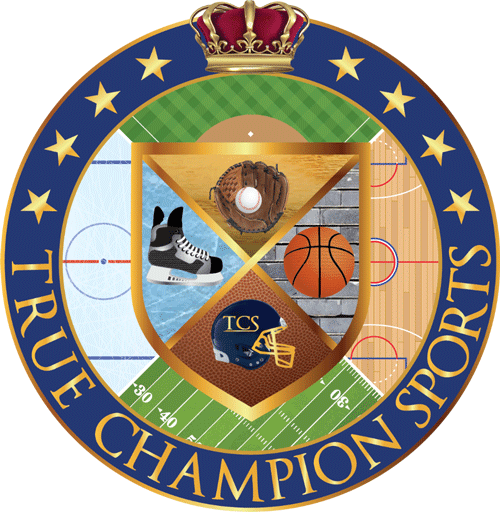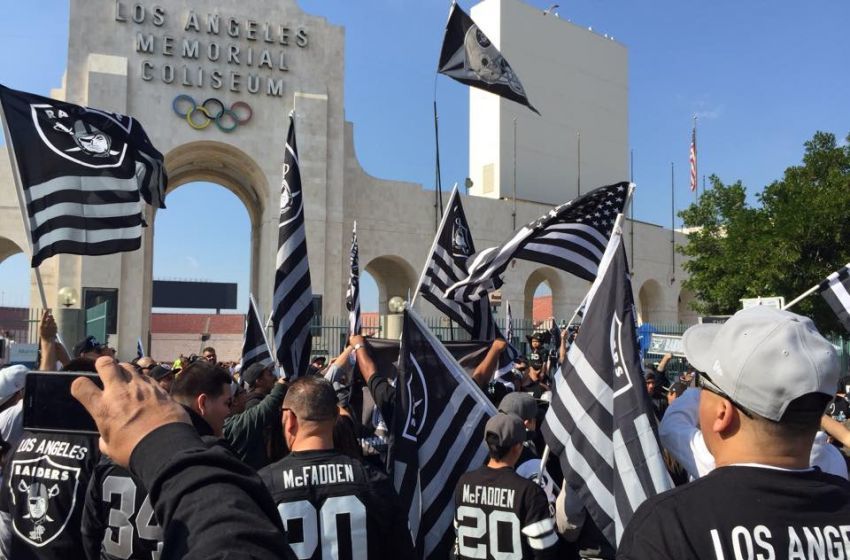The Anti-Trust Lawsuits (1980)
When the move by the Raiders was blocked by the NFL and NFL owners, The Los Angeles Memorial Coliseum filed an anti-trust lawsuit against the League, in which the Raiders were a participant. At the same time, the Oakland Raiders filed their own anti-trust lawsuit. The NFL was facing 2 major lawsuits that centered around an accusation that they were unfairly restricting the business operations of both the Coliseum and the Raiders.
1980 Season
This must have been a bizarre and bittersweet season for Raiders fans. Al Davis and the organization was now involved in litigation, actively trying to move the team down south to L.A. However, on the field the Raiders were still the dynasty they had been for the past 15 years. They ended up going 11-5, and winning the SuperBowl despite the off-field distractions.
The Rams also went 11-5 in their first season in Anaheim, but lost in the Wild Card round.
1981 Season
The first case against the NFL ended in a mistrial and the legal process dragged on. The future of the Oakland Raiders, who were now defending SuperBowl Champions, was completely in limbo at this point.
The Raiders had a let-down season on the field, possibly due to the turmoil surrounding the team’s future, and finished with a 7-9 record. Meanwhile down in Anaheim, the Los Angeles Rams posted a 6-10 record this season.
1982- Court makes Ruling in Anti-Trust Lawsuits
In May of 1982, a landmark legal ruling was passed down and sided with the Los Angeles Memorial Coliseum and the Oakland Raiders. This was Al Davis’ ultimate claim to fame- he had defeated the NFL in a case that had been called ‘unwinable’ by pundits at the time.
The Raiders controversially left Oakland for Los Angeles and moved downtown into the Rams’ former long-time home stadium, and most importantly, into the heart of their sport market and fanbase.
Over the years I’ve often heard this case referenced and the focal point the media presents is that Al Davis and the Raiders defeated the NFL in a lawsuit. However, the greater headline in my opinion was that the Los Angeles Rams were truly victims of this legal decision, and in simple terms, got completely screwed.
1982 Season
To make matters worse for the NFL, they were also facing a labor dispute at the same time which ended up resulting in a 57-day-long players’ strike. The strike resulted in a shortened 9-game season, with an expanded playoff format in an attempt to compensate. This 1982 season is significantly shorter than any other NFL season post World War 2.
The new L.A. Raiders made a flashy debut in their short-but-sweet first season in Los Angeles. They went 8-1, and won the AFC’s #1 seed during the regular season. They won a playoff game before bowing out in the 2nd round.
The Rams on the other hand posted a 2-7 record and were Last Place in the NFC.
1983 Season
The Rams showed significant improvement in 1983 by posting a 9-7 record and qualifying for the playoffs. They won the Wild Card playoff, and then were blown out 51-7 in the Divisional Round.
However, any success the Rams had that year was completed overshadowed by the new Raiders. They went 12-4, and again grabbed the #1 seed in the AFC. They marched through the playoffs in dominant fashion, and won the SuperBowl- the first SuperBowl Championship for the city of Los Angeles.
Aftermath of Raiders’ Championship Season
From his point onward the Rams became the 2nd team in what was supposed to be their exclusive market. The Raiders were playing in downtown Los Angeles, in the Rams’ former stadium, and as a franchise were almost 20 years into a dynasty with a huge national following. They had brought Los Angeles its first SuperBowl Title in only their 2nd season- something that the Rams had never been able to do.
The combination of the Raiders location, on-field success, with the bravado of owner Al Davis, the silver and black color-scheme that was adored by the football fans of L.A., the rebellious aura of the Raiders brand, was all a perfect storm working against the Rams.
Adding to the Rams’ problem was that the team was playing in Orange County but still representing Los Angeles. They likely would have been wise at this time to change their Location-Identifier to Anaheim, Orange County, or California to fully embrace their new role as Orange County’s team- because by this point they had lost a large portion of their fanbase in L.A., and competing with the Raiders for fans in L.A. was to fight a losing battle.
A few examples illustrate how thoroughly the Raiders had taken over as Los Angeles’ home-team by the late 1980s:
West Coast rap was blowing up and L.A. Raiders hats, jerseys, and the silver and black were represented all the time by the biggest rappers like Ice Cube, Dr. Dre, and the N.W.A.
Another glaring example was the NHL’s Los Angeles Kings. An expansion franchise in 1967, they had always been purple and gold, modeled after the winning ways of the Los Angeles Lakers. In 1988, the L.A. Kings carried out a complete re-branding and began wearing silver and black- an unmistakable tip of the cap to the Raiders and their fans, and an attempt to capture some of the Raiders popularity.

